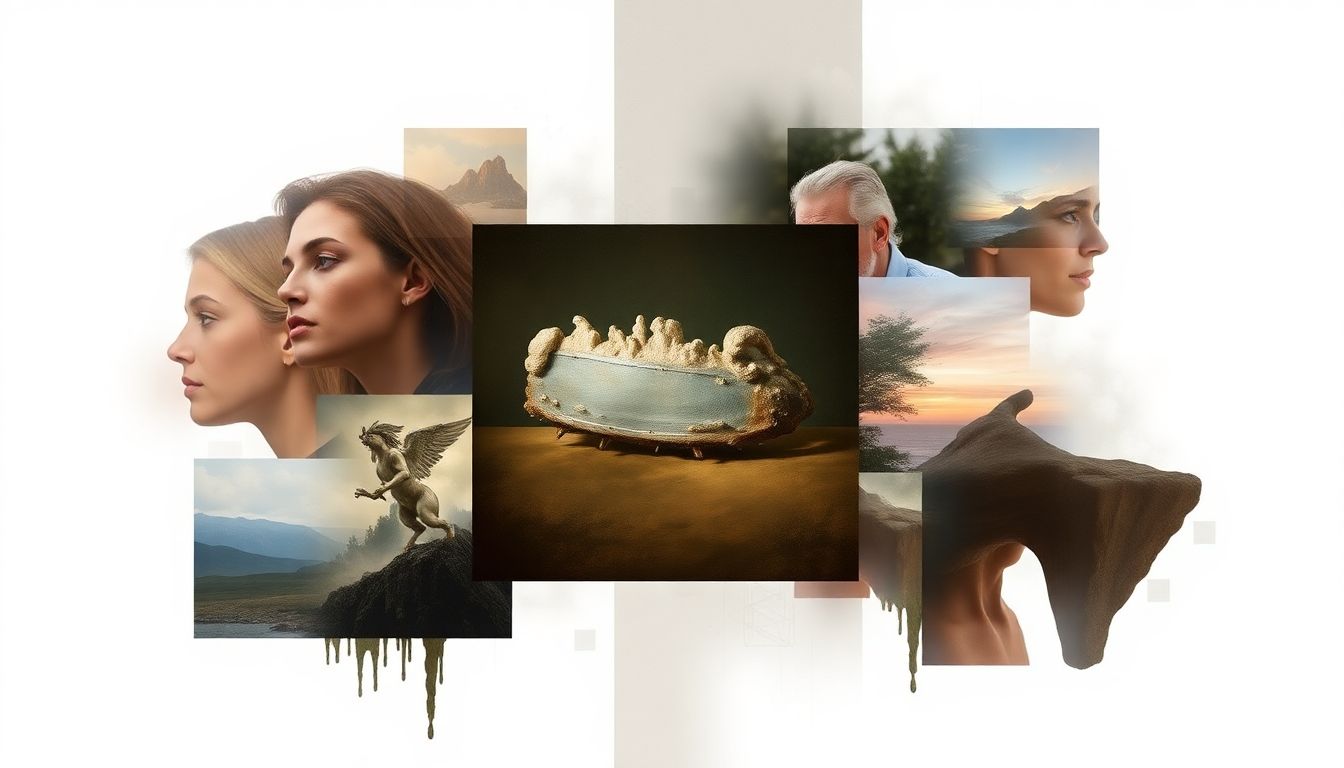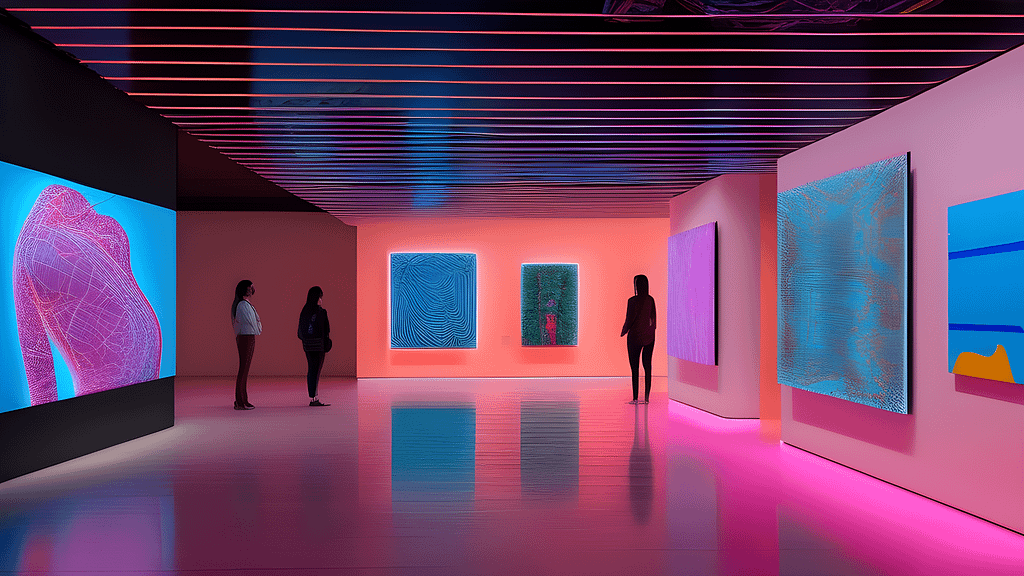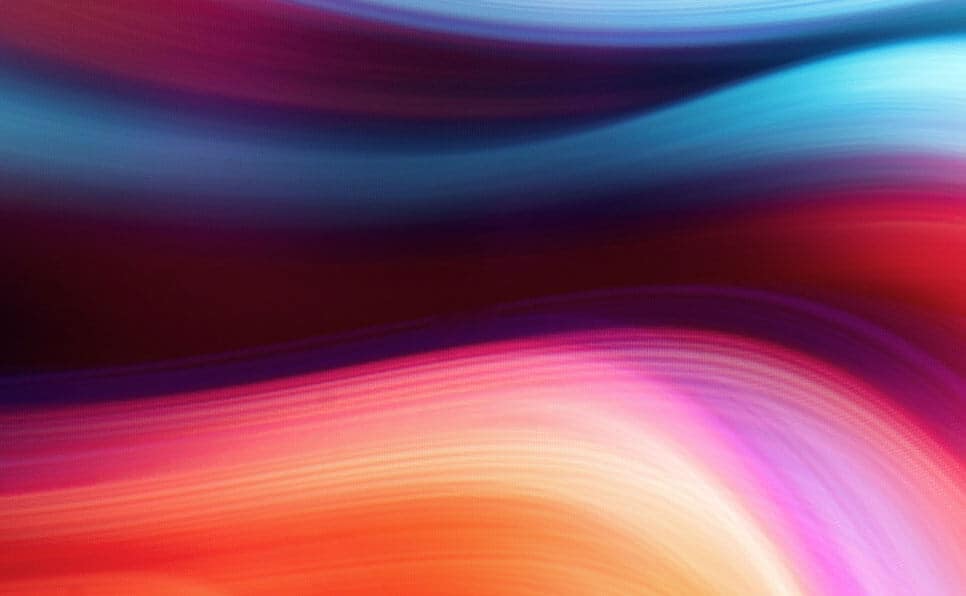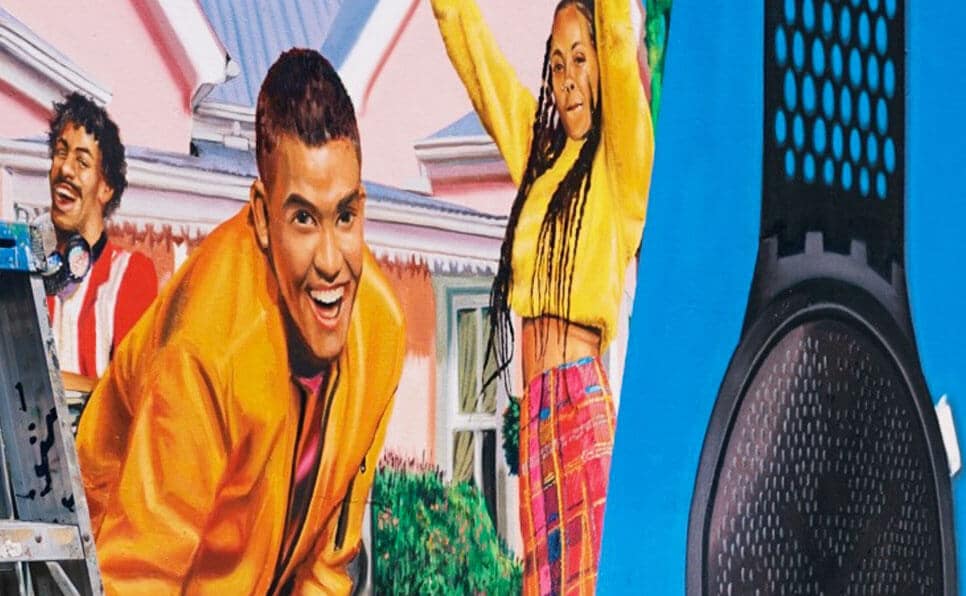
Exploring the World of AI-Generated Creations
The digital realm has transformed countless industries, and art is no exception. With the rise of artificial intelligence (AI), the question arises: can machines genuinely create art? This exploration delves into the world of AI-generated creations, spotlighting significant changes in how we perceive artistry.
The Blurring Lines Between Human and Machine Creativity
As AI technology advances, the boundary between human and machine creativity becomes less distinct. Traditional notions of art focused on the human touch, emotion, and experience. However, AI can mimic these qualities. Today, artworks generated by algorithms can evoke real feelings and provoke thought. This evolution challenges long-held beliefs about what constitutes art.
The Rise of AI Art Generators and Their Impact on the Art World
AI art generators have surged in popularity. Tools like DALL-E and Midjourney allow users to create visually stunning pieces with simple prompts. These generators rely on extensive datasets of images to learn styles, techniques, and themes, producing unique outputs.
Not only are these creations captivating, but they also raise questions regarding authenticity and value in the art world. As more artists embrace these technologies, art forms are diversifying and reshaping established standards.
Setting the Stage: Defining Art and Creativity
To appreciate AI-generated art, it’s essential to explore definitions of art and creativity. Art has often been associated with human intent and emotional expression. Creativity involves generating new ideas, whether through traditional methods or innovative means. By expanding this definition, we can embrace the artistic contributions of AI.
Understanding AI Art Generation Techniques
AI art generation employs various techniques, each contributing to its potential. Here are some key methods:
Generative Adversarial Networks (GANs): The Power of Competition
GANs consist of two neural networks—one generating images and the other critiquing them. This competitive process fosters continual improvement, yielding increasingly sophisticated creations.
Deep Learning Models: Training Algorithms on Vast Datasets
Deep learning algorithms analyze extensive collections of images and styles. They identify patterns, textures, and forms, allowing AI to generate original pieces that mimic different artistic styles.
Evolutionary Algorithms: Adapting and Refining Artistic Styles
Similar to natural selection, evolutionary algorithms evolve artworks over time. These algorithms generate variations, gradually refining them based on user feedback or set criteria.

Analyzing the Artistic Merit of AI Creations
Evaluating AI-generated art involves several factors, including aesthetics, human input, and legal considerations.
Assessing Aesthetics: Beauty, Emotion, and Impact
Just like traditional art, AI creations can be judged by beauty, emotional resonance, and impact. Viewers often respond to these pieces similarly to human-made art, highlighting their aesthetic value.
The Role of Human Input: Prompt Engineering and Artistic Direction
While AI does much of the heavy lifting, human input remains crucial. Prompt engineering—crafting effective prompts—guides the AI in creating desired outcomes. The artist’s vision shapes the final product, allowing collaboration between human and machine.
Copyright and Ownership: Navigating Legal Grey Areas
Legal issues arise with AI-generated art. Who owns the rights? The user, the AI developer, or neither? This gray area presents challenges for artists and the art world, demanding new frameworks to address these concerns.
The Impact of AI on the Art World and Society
AI’s influence extends beyond individual artworks. It alters how we think about creativity and art itself.
AI as a Tool for Artists: Expanding Creative Possibilities
Artists are finding new ways to incorporate AI into their practices. It acts as an assistant, providing fresh perspectives, ideas, and inspiration. This collaboration opens communities to explore uncharted territories in art.
The Future of Art Education: Integrating AI into Curricula
As digital art grows, educational institutions must adapt. Integrating AI into art curricula teaches future artists to use these tools efficiently, blending traditional techniques with modern technology.
The Ethical Considerations: Bias, Representation, and Authenticity
AI is not without its flaws. Data bias can lead to misrepresentation in art. Understanding these ethical concerns is vital to ensuring AI promotes diversity and authenticity rather than perpetuating stereotypes.
Famous Examples of AI Art and Their Significance
Several noteworthy examples highlight the capabilities of AI in art creation.
Specific Examples of AI-Generated Artworks
- Portrait of Edmond de Belamy: Created by Obvious, this piece sold for over $432,000 at auction, showcasing the commercial viability of AI art.
- The Next Rembrandt: This project utilized machine learning to recreate a compelling piece mimicking Rembrandt’s style, bridging historical and modern art forms.
Analysis of their reception and impact on the art community
These examples received mixed reactions. Some applaud the innovation, while others argue it diminishes human creativity. Regardless, they spark dialogue about art’s future.
Discussion of the artists (human and AI) involved
The interplay between human and AI artists fosters a new creative ecosystem. Traditional artists and tech developers collaborate, creating pioneering works that redefine artistic boundaries.
Conclusion: A Future Shaped by Human-AI Collaboration
AI’s role in art creation is undeniable. As technology advances, artists and machines can work in tandem, enriching the art world with fresh ideas and perspectives.
Key Takeaways: The evolving role of AI in art creation
AI is not replacing artists; it’s enhancing creativity. By embracing new tools, artists can push boundaries and explore new realms of expression.
Call to action: Further exploration and engagement with AI art
Engage with AI art by exploring different platforms, participating in discussions, and considering its implications. The future of art is a joint endeavor, inviting creativity from both machines and humans.


